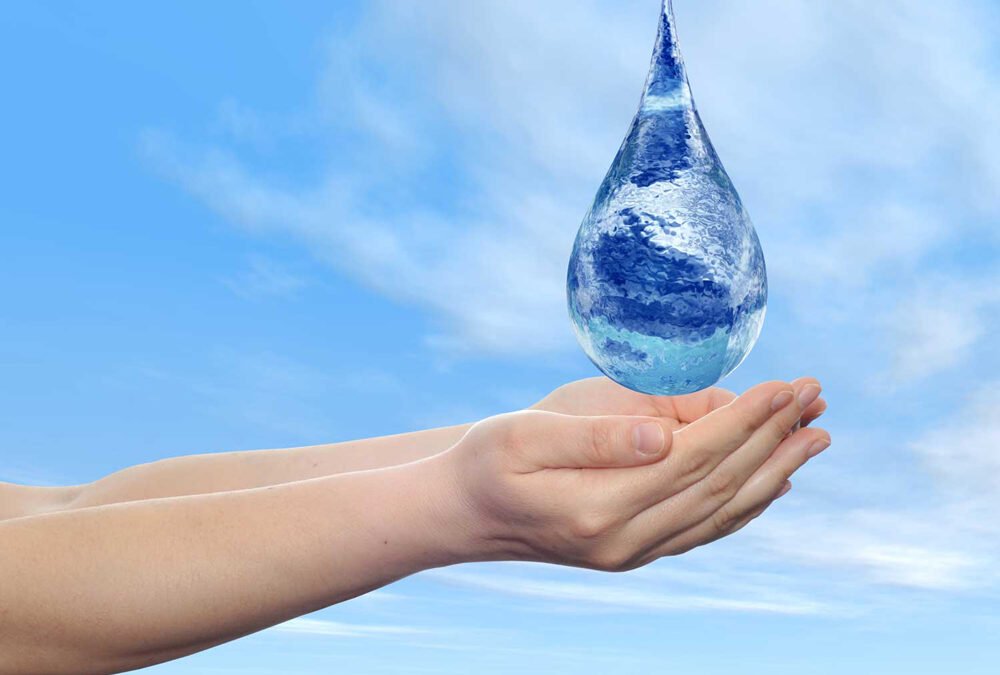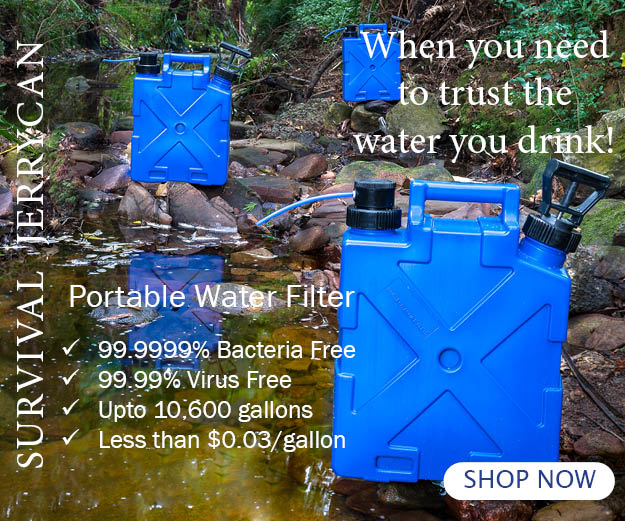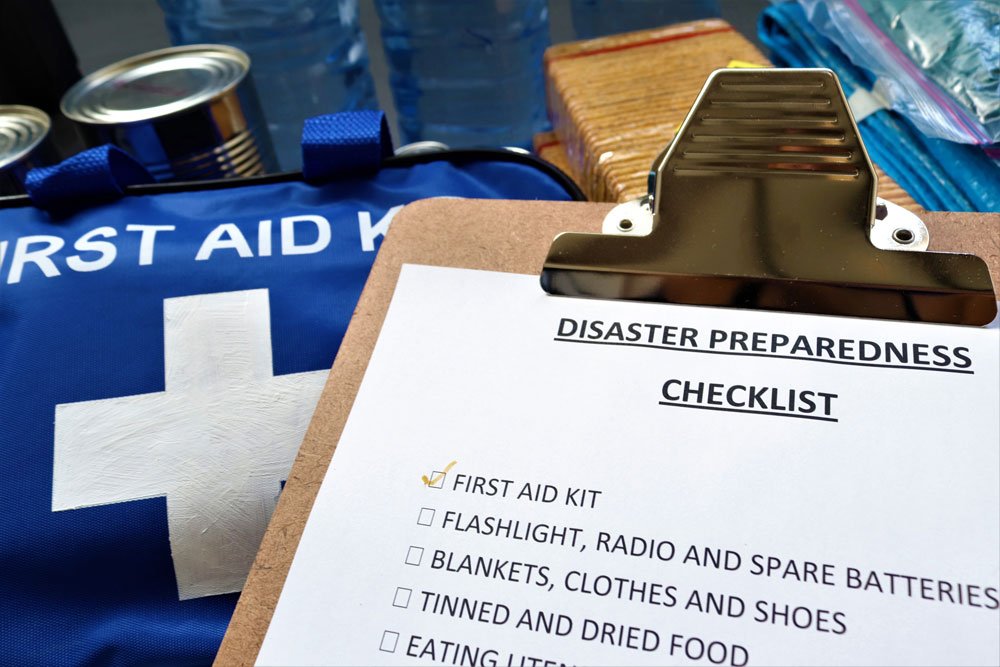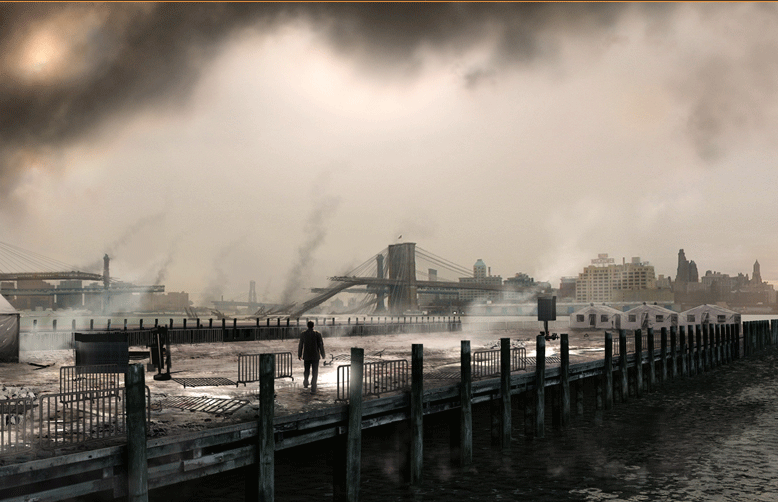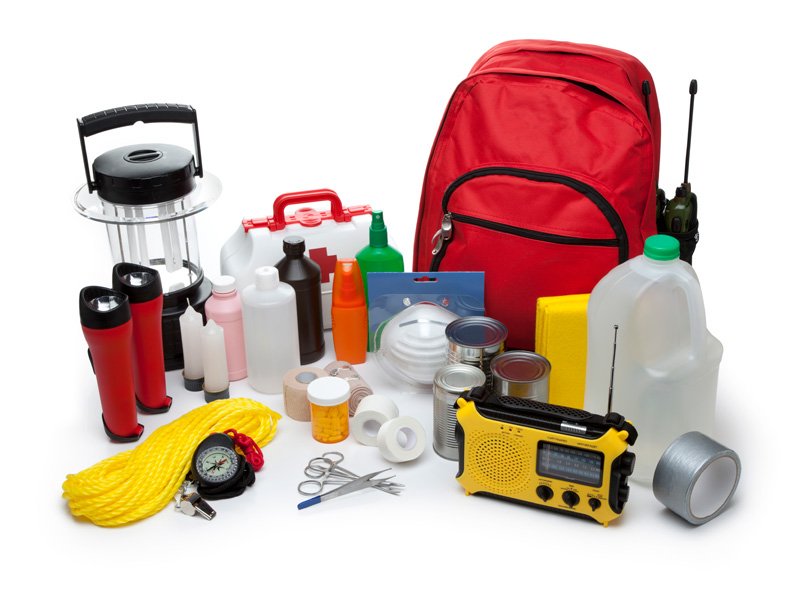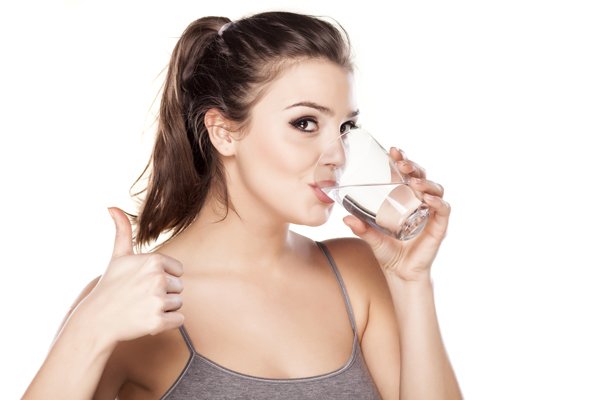
Seven Steps to Becoming Fully Hydrated
Pour It, Pure It, Drink It!
You’re always being told you need to drink more water. Drinking two liters of water a day can improve your skin, improve the quality of your joints, keep you regular, aid weight loss and reduce your risk of having a heart attack.
Not all water cleaning methods are the same
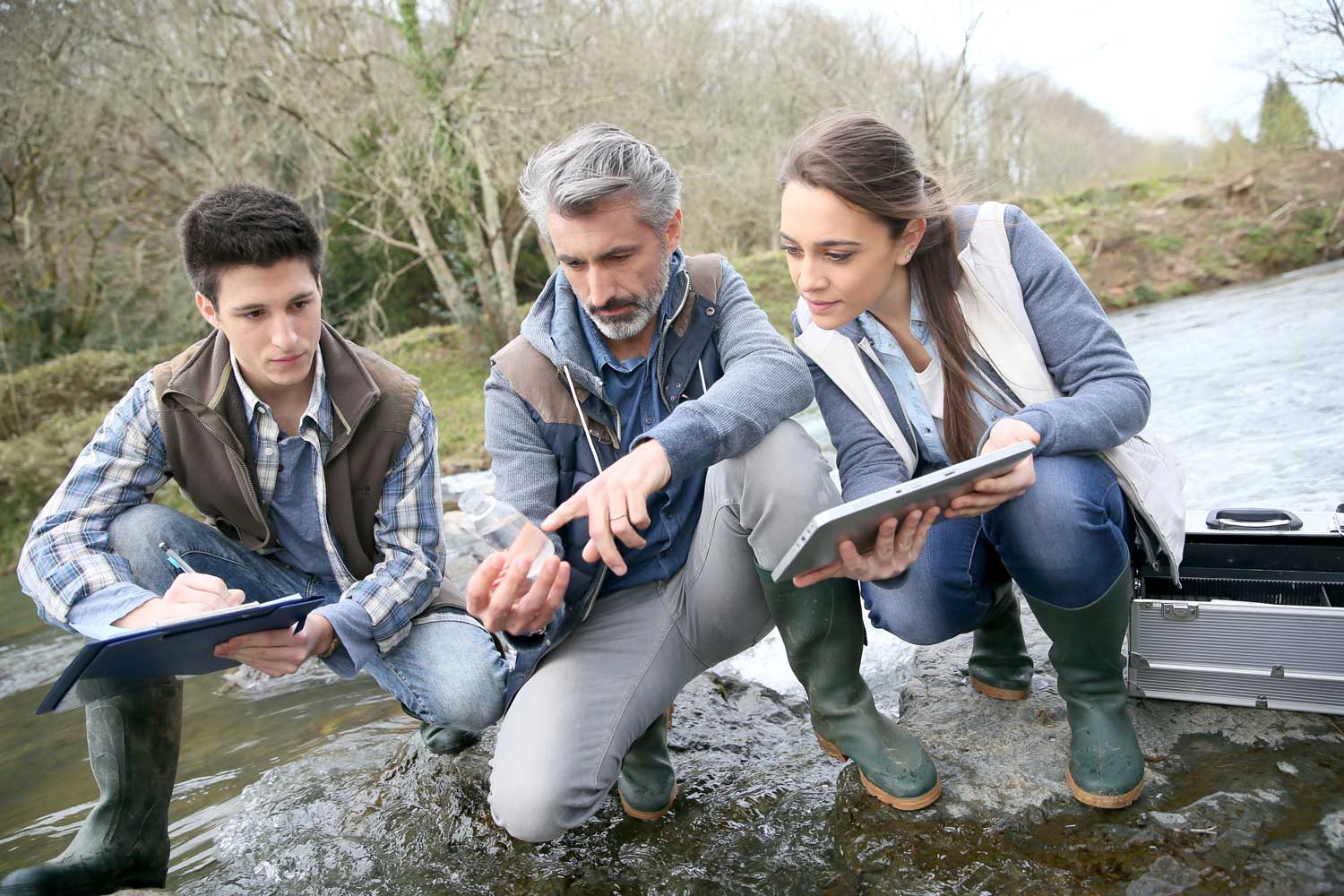
However, like anything, it can be hard to motivate yourself to do it. Here’s seven easy steps to take you on your way to becoming fully hydrated:
- Pure it: Tap water or water from natural springs often contains harmful bacteria. Make sure you invest in a water purification system like the SureAquaBottle, the SureAqua Survival Straw, or the SureAqua Survival Jerry Can. Simply pour it, pure it, drink it!
- Sip it: You aren’t expected to drink the whole two liters in one sitting. If you did, most of it would flush straight through you anyway. The best way to make sure you drink lots of water is to keep a water purification bottle or straw with you at all times and sip at it the whole day. That way, it becomes a mindless activity, and before you know it, you will be fully hydrated.
- Know it: Understand the benefits of making sure you’re fully hydrated with clean, safe water. The more reasons you know why it’s good for you, the more water you’re likely to drink.
- Integrate it: Make drinking water a habit and integrate it into your daily lifestyle. You could make sure you always have a glass of water before a meal, for example, or keep water by your bedside to drink first thing in the morning.
- Leave it: No need to change your habits, there’s water in everything, right? Wrong. Sure, drinks like tea, coffee, soft drinks, fruit juice, and beer contain water. However, many of these drinks are diuretic, meaning they cause your kidneys to get rid of water, increasing your rate of urination.Drinking caffeinated, alcoholic, or sugary drinks can actually hinder your ability to become fully hydrated. They’re also quite bad for your health and can therefore reduce the likelihood of all your diligent water drinking having the right effects. So long as you have a way to pure it, it’s best to stick with water, plain and simple.
- Replace it: Despite your best intentions, it’s unlikely that you’ll give up drinking everything but water entirely. That’s okay: just make sure you replace the water that the diuretics flush out. To make sure you stay fully hydrated, you need to drink one and a half times the amount of water you lose after you drink caffeine, sugar, or alcohol. Simply pour it, pure it, drink it!
- Match it: The two-liter-a-day rule is good as a general guide. However, it’s essential to match your water intake with the physical conditions your body is enduring. It’s a good idea to drink more than two liters if you’re unwell, doing exercise or it’s a hot day.
So, follow these seven simple steps, and you’ll be on your way to becoming fully hydrated. Remember, pure, clean water is the go: simply pour it, pure it, drink it!

